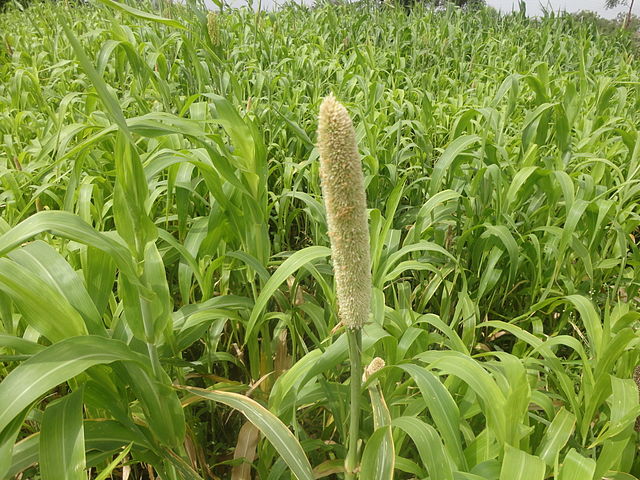 In 2050, the global population is projected to stand at around 10 billion humans, and every one of them will need to eat. We already have more than 7 billion people on Earth, so perhaps another three seems like a step-wise challenge in global food security, but the scale of the problem turns out to be immense.
In 2050, the global population is projected to stand at around 10 billion humans, and every one of them will need to eat. We already have more than 7 billion people on Earth, so perhaps another three seems like a step-wise challenge in global food security, but the scale of the problem turns out to be immense.
Cumulatively, from now to mid-century, we’re going to need to grow more food than we’ve grown in the history of agriculture – more food than was grown in the first 10,000-odd years since we’ve domesticated crops at scale. At the same time that we’re somehow managing to squeeze more food out of the dwindling arable land that urban sprawl hasn’t paved over, farmers will be coping with a perfect storm of threats.
Take fertilizer. The three big fertilizers are nitrogen, potassium and phosphorus, all of which are finite in their own way. Reserves of potash—salts that contain water-soluble potassium—are limited, and phosphate is more so. Meanwhile, the amount of oil it takes to convert nitrogen gas into ammonium nitrate fertilizer makes it an energy-expensive option. Freshwater will be at a premium—that is, when it’s not flooding—and to expand our farmland we’ll need to move into marginal areas, like salinated or acidic soils.
Plant physiologist Leon Kochian is working on this last problem at the Global Institute for Food Security in Saskatchewan. The Canadian province is an ideal setting for work on crop improvement. If it were a country in its own right, Saskatchewan would be the largest canola exporter in the world, as well as the biggest lentil producer and exporter, and it would come in sixth globally for wheat exports.
Kochian’s focus is on root architecture, which might not make or break a plant in ideal conditions but can set it apart in water-scarce or low pH soils. It’s an area that has only recently come to the fore.
“Plant breeders can only breed for what they can see, and they can’t see the roots,” says Kochian. “There has also been less research until recent years on roots because they’re harder to get at. Particularly if you’re doing molecular work, you used to need clean roots.”
When the soil pH drops down to five or below, aluminum, which is the most abundant metal in the earth’s crust, and which abounds in clay, converts to a form that’s toxic to root tips. Root systems end up stunted and the plant wilts under the pressure of mineral nutrient deficiency and drought.
Kochian and his team are breeding cultivars that are aluminum tolerant. They focus on species that will be useful in Africa. Cereal yields rose in Latin America and Asia during the late 20th century, but sub-Saharan Africa has remained flat, even as its birth rate fails to stabilize. That disconnect is going to make Africa the crux of the global food security crisis.
“We cloned one of the first of these aluminum genes in Brazil, and we did it in sorghum, which is an important staple food crop in Africa,” says Kochian.
The gene makes a protein that moves citric acid out of the root tip and binds the aluminum, rendering it non-toxic. Pilot studies of the resulting plants have seen a doubling in sorghum yields in samples situated both in Africa and in Brazil, when the plants are rooted in acidic soil.
If we’re going to lick the global food insecurity crisis, it’ll take a lot more discoveries like the ones coming out of Saskatchewan. And the stakes are higher than hunger. Plot the Food Price Index for all of the years of the 21st Century and you get a timeline of social and political instability. Just before major unrest, there’s reliably a spike in food prices.
“It’s pretty clear now that this is a contributing factor to unrest around the world,” says Kochian. “As US Secretary of Agriculture Tom Vilsack says, ‘Never underestimate the potential for agriculture to make peace.”
Image: Sorghum bud, via Wikimedia Commons